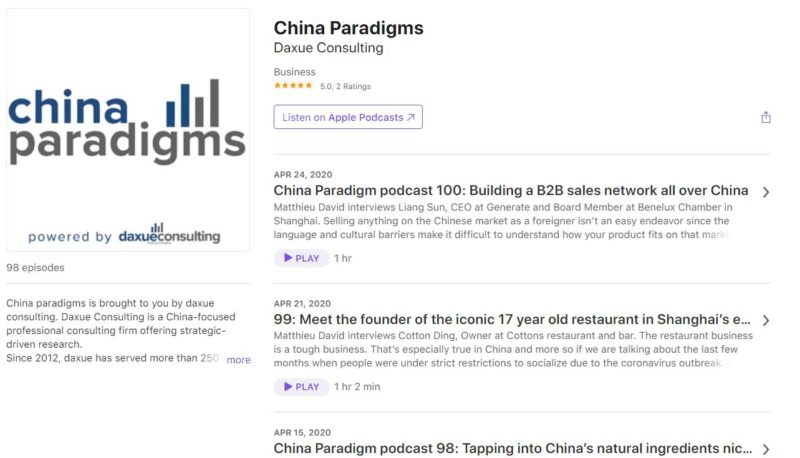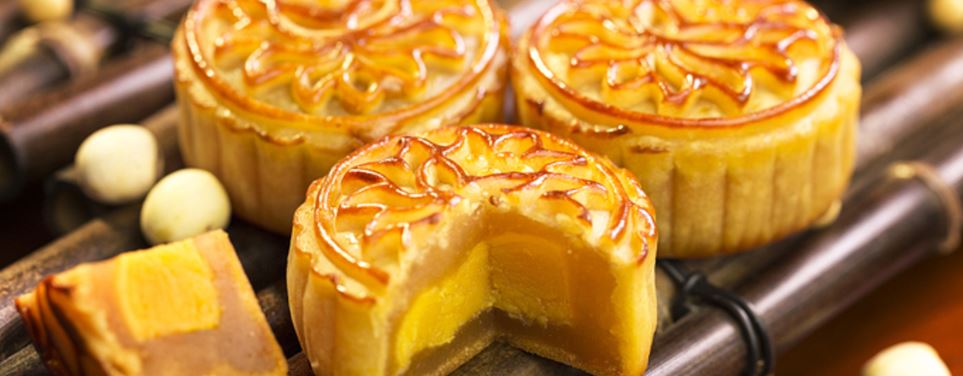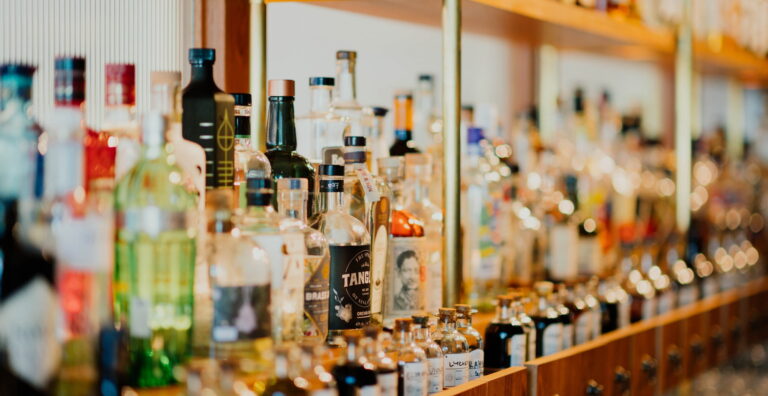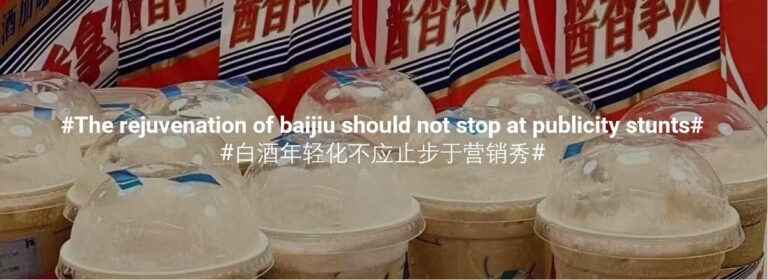China has a distinguished culture in contrast to the west. This contributes to the fact that some products with Chinese characteristics has been very localized and popular in China. The following products are selected from different categories: food and beverage, clothing and health supplements.
1. Baijiu
Baijiu is a strong distilled Chinese spirit, 40%-60% alcohol by volume. It is distilled from sorghum, although other grains may vary according to regions. It is grouped by fragrances, of which the main ones are sauce, thick and light fragrance. The most famous brands are WuLiangYe and MaoTai.
However, the development of Baijiu industry has been slow down in recent years due to several factors. The first factor is the new consumption tax policy, consumers are likely to be charged with more tax than before while purchasing baijiu. The second factor is the impact of covid-19. Baijiu is usually consumed and purchased used in a event or for a big moment such as celebration or wedding. The outbreak of Covid-19 happened during the Spring festival when Chinese people usually host their events and a celebration dinner. Between January and March 2020, the output of large-scale liquor enterprises in China decreased by 15.78% compared to the same period last year. The sales revenue of liquor down by 5.67% compared to the same period last year.
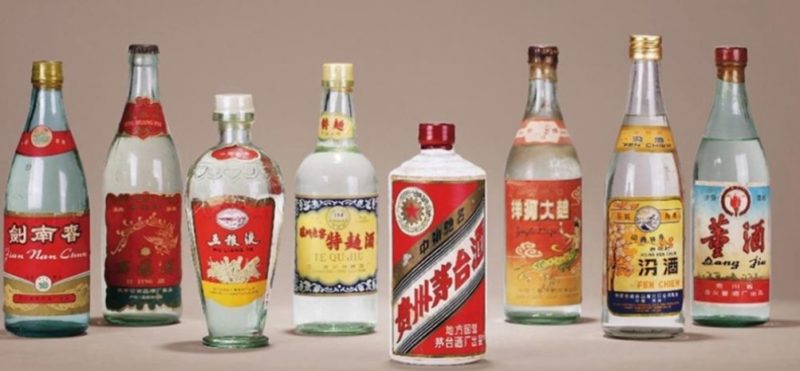
Image source: Zhihu, Chinese liquor that is not sold in the west
2. Cheongsam (Qipao)
Cheongsam is the traditional Chinese dress for women. It can be dated back to the Qing dynasty; back then, it was a symbol of Manchu people. The style has remained since and has become more accepted internationally, but has recently been the subject of cultural appropriation accusations in the west.
RuiFuXiang was one of the most famous Cheongsam brands founded in 1893. It started with its silk business. The modern RuiFuXiang ranges its products from different fabrics to Cheongsam tailoring. RuiFuXiang position itself as high-end Cheongsam tailoring producer. The price for Cheongsam tailoring is from 2,000 to 10,000 RMB. However, RuiFuXiang mainly operates in China and its strategy continues to focus on the local market rather than the global market.
ShanghaiTang is arguably the first Chinese luxurious brand. It is a Hong Kong-based brand founded in 1994. Shanghai Tang starts the clothing line that adds Western aesthetics to the traditional Chinese characteristics. Currently, the brand carries clothing, tailoring, home and decoration. Although ShanghaiTang operates across the world, almost 80% of its revenue was from Hong Kong in 2017. Due to the sales pressure, Shanghai Tang CEO said it has been trying to reduce elements of traditional Chinese characteristics in its design in order to become more modern and acceptable for the younger generation,
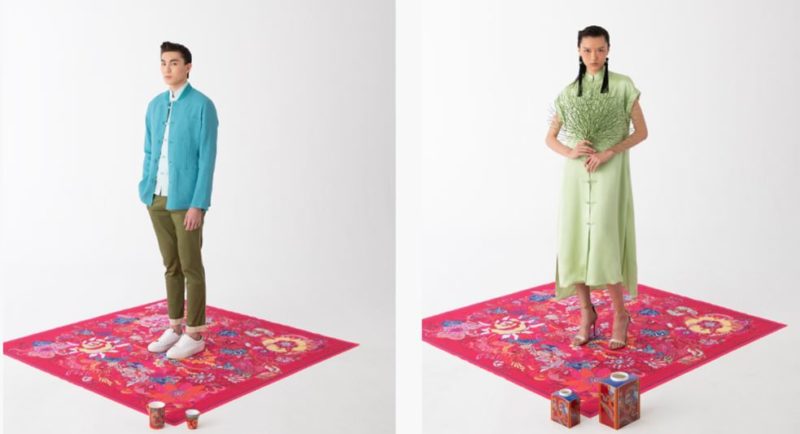
Image source: Shanghai Tang SS20 collection, fashion products with Chinese characteristic
3. Traditional Chinese Medicine
More than 3000 herbs and 300 minerals and animal abstracts are used as traditional Chinese medicines with more than 400 different formulas. The medicine focuses on the balance of body and spirit rather than the treatment of a particular disease. One formula may contain 4 to 12 ingredients, of which 1 or 2 are the effective ones while the rest aims at treating minor conditions, directing the formula to specific parts of the body or helping other ingredients to take better effect.
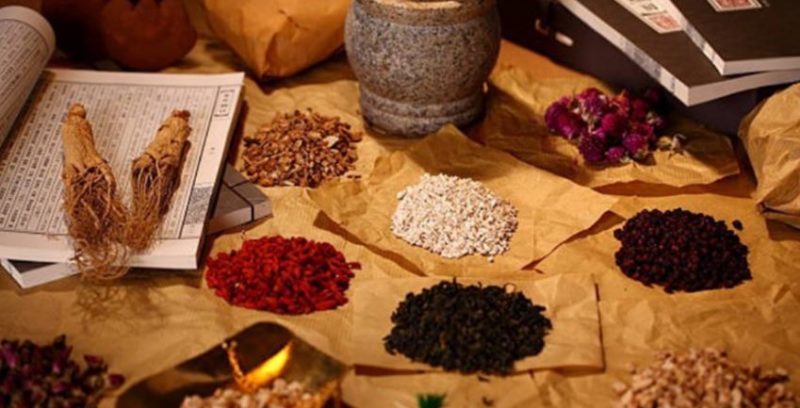
Products with Chinese characteristics must include Traditional Chinese Medicine, frequently used in China, very rare in the west
The top companies are TongRenTang (TRT) and YunNanBaiYao (YNBY). TRT was founded in 1669 and was designated for the royal family of the Qing dynasty. The modern TRT has developed into a company that covers the Chinese pharmaceutical industry, retail and health service. By 2011, it has total assets of 140 billion Chinese Yuan and profit of ¥13.16 billion. After its subsidiary was listed in Hong Kong in 2013, it started to expand the overseas market by launching shops in east Asia countries. However, TRT faced difficulties in the western market due to the lack of awareness of eastern herbal medicine.
YNBY was originally a powder medicine successfully formulated in 1902. The modern corporation expands its products line by exploring medical dressing, medical makeup and health products. In the first three quarters of 2019, the company realized a total operating income of 21.646 billion yuan, up 8.36% year-on-year; Net profit was 3.542 billion yuan, up 7.46% year on year
4. Mooncakes
Mooncake is a traditional pastry consumed on the mid-Autumn Festival. According to iMedia Research, the sales of mooncakes in China reached 1.38 billion yuan in 2019 with a sales volume of 19.67 billion yuan. Recently, there are two trends in the mooncake market in China. First, the innovative packaging design and the second trend is the creative new mooncake flavour.
Despite the traditional way of packaging, retailers launched new packaging design to echo with the current trendy movie or topics on social media. For instance, the Mei Xin used Marvel printed containers to attract the younger consumer. It also remains some of its traditional packaging which is often used as a gift during mid-Autumn Festival. The Xin Hua’s survey indicates that more and more Chinese consumer tend to choose mooncakes with simple and environmental-friendly package. Moreover, compared to a big box with 6 or more mooncakes, the younger generation (the 80s and 90s) like to buy single packaged mooncake.
Mei Xin, Dao Xiang Cun and Hua mei are ranked as top 3 popular mooncake brands in China. According to Xin hua news, Mei Xin was ranked as top 1 brand in search engine. Compare to the mooncake in mainland China, Mei Xin well combined the traditional Chinese pastry and the western style bakery. The taste is much modern and more acceptable than traditional flavours.
Mooncake flavor preferences
People from different regions have different taste preference. Traditionally, the filling of mooncake is red bean, five-kernel or lotus. In 2019, the most popular mooncake flavour of the year is “egg yolk”. Others are also very popular such as red bean and meat filling. Additionally, new creative flavour such as durian and ice cream mooncake were also in the top 10 list. However, people in the north region prefer egg yolk, red beans to other flavours. People from the region such as Guang dong and Shanghai prefer sweet filling more than salty filling. Despite of these modern and traditional flavours, brands such as Starbucks and HEYTEA invent interesting and attractive flavours to target the younger consumers.
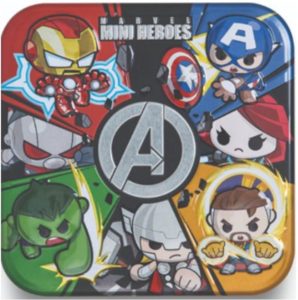
Image source: Bazaar, Mei Xin Marvel limited-edition mooncake
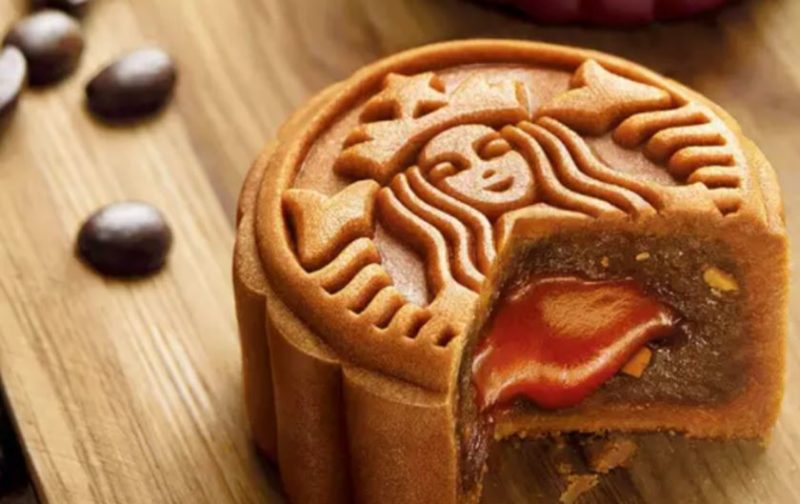
Image source: SoHu, Starbucks’ mooncakes which are sold in China
Starbucks launched six different flavour mooncakes in 2019 and position its mooncake as high-end westernized mooncake. The price of Starbucks mooncake is extremely high. Each mooncake was priced 60 yuan compared to the 5 to 10-yuan traditional mooncake. HEYTEA, a Chinese chain tea drink retailer, launched its first limited-edition mooncake gift box called “Jade Rabbit moon”. The packaging-design and the name were designed based on the story of Chang. The main ingredients were infused with tea flavour. Both these two products were welcomed in mooncake market in 2019. Many consumers have to pay three times higher than original price for these mooncakes.
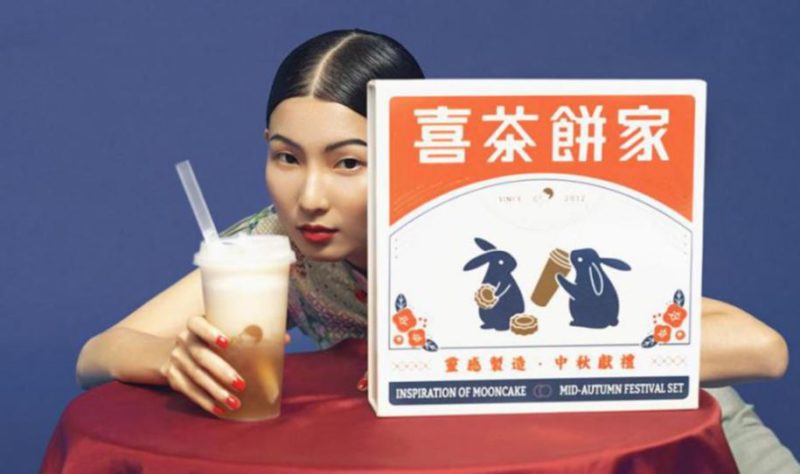
Image source: news.Winshang, Hey Tea mooncake
Listen to 100 China entrepreneur stories on China Paradigms, the China business podcast
Listen to China Paradigm on Apple Podcast
